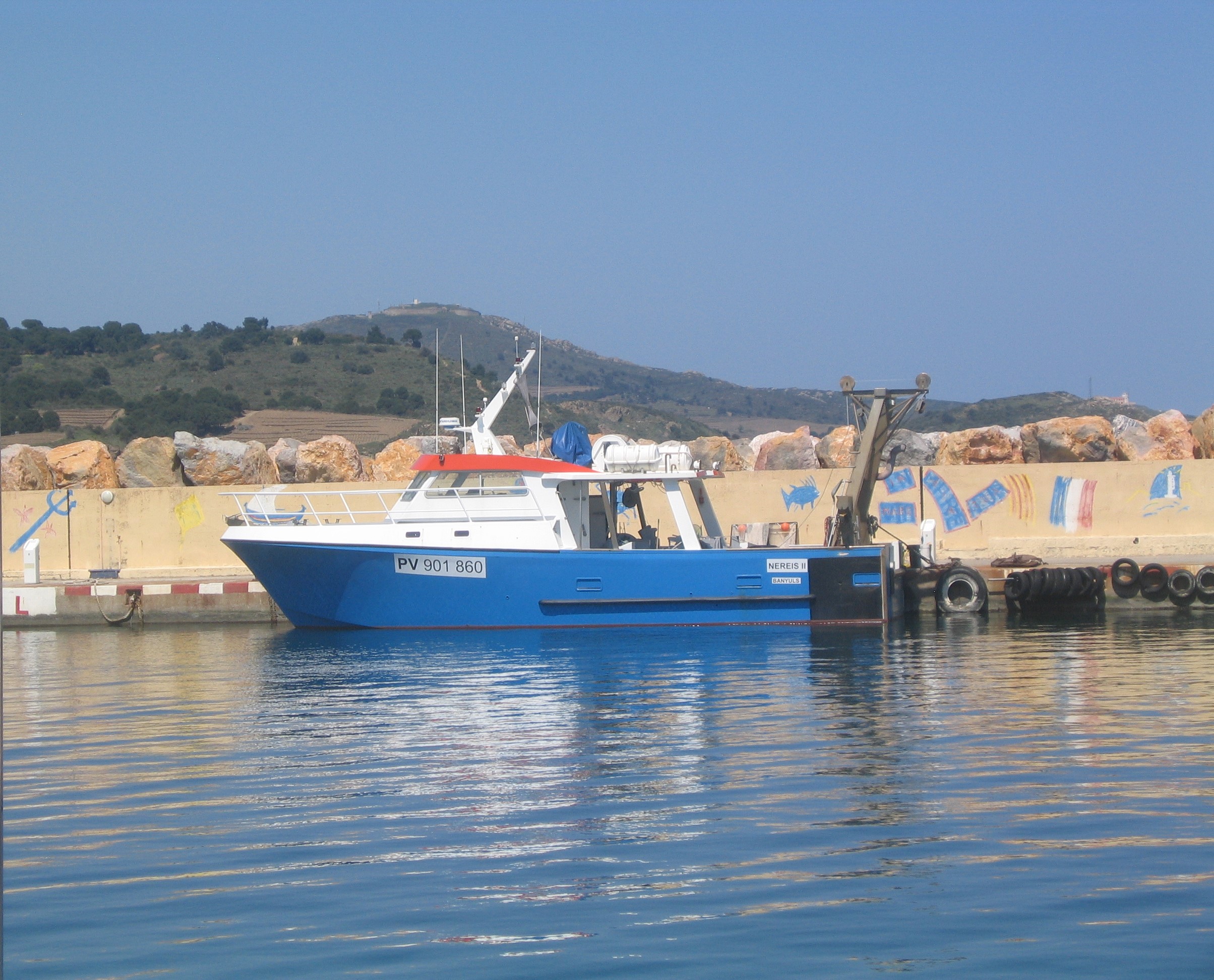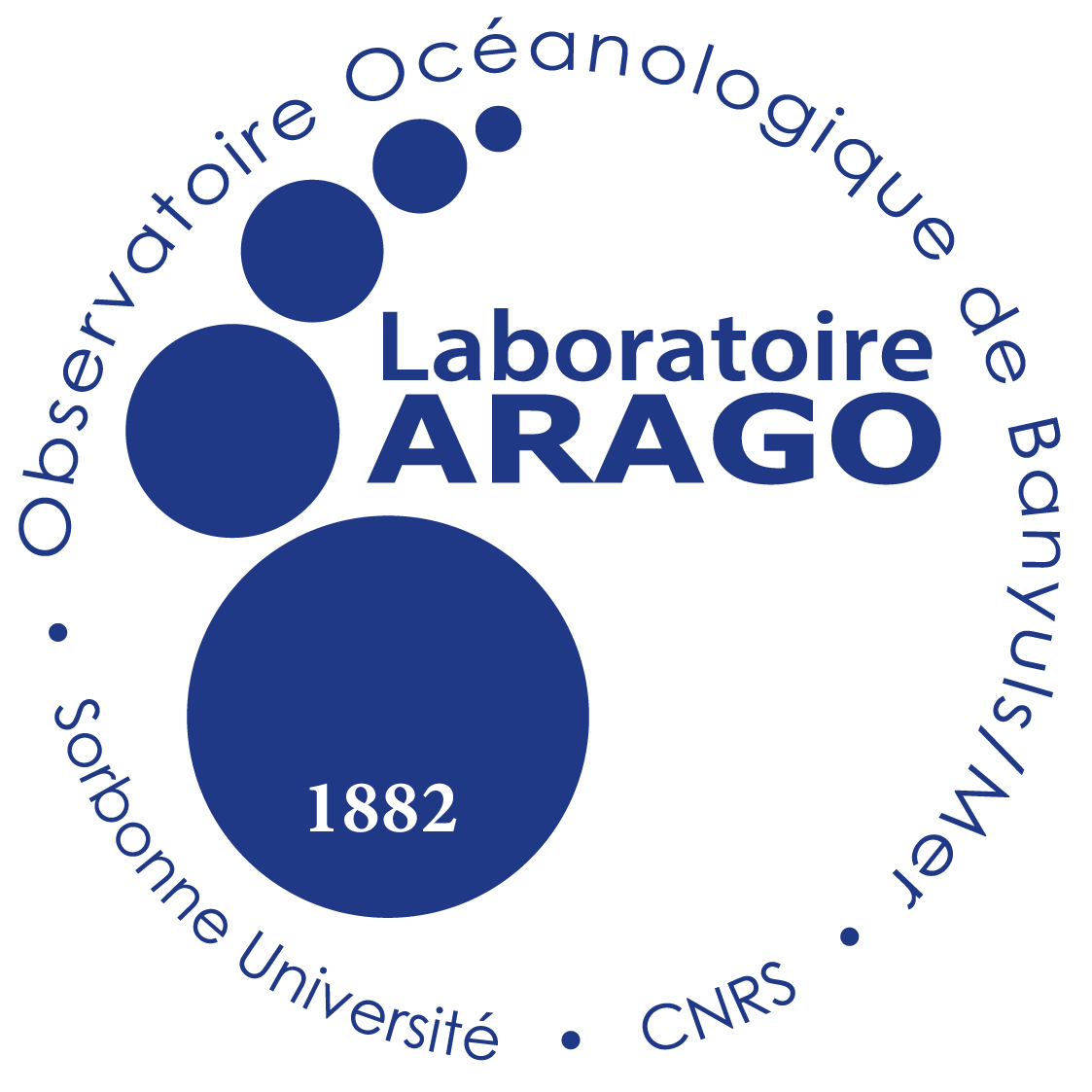The Nagoya Protocol on access to genetic resources and the equitable sharing of benefits arising from their use
One of the main principles of the Convention on Biological Diversity (CBD) is that countries hold sovereign rights over their genetic (= biological) resources and can choose to regulate access to them and the conditions under which they can be utilized. The Nagoya Protocol (NP) has created a framework under international law that regulates the implementation of the objectives of the CBD. This means that any biological resource (except human samples), i.e. plants, animals or microorganisms or parts thereof (including DNA), belongs to the country from which it originates. Appropriate permits from the country of origin may be required (at the discretion of each country) for the collection, export and use of resources. This explicitly applies not only to commercial use, but also to non-commercial (including scientific and educational) use.
The Nagoya Protocol is implemented in the European Union by Regulation (EU) No. 511/2014 which came into force on the 12th October 2014.
The EMBRC infrastructure is implementing a plan to ensure that all component biological resource centres comply with national and European legislation relating to Access and Benefit Sharing (ABS), as well as developing tools and resources to help users to undertake the due diligence required under ABS rules.
A central principle of ABS legislation is that it is the responsibility of users (not providers) of biological resources to prove that the resources they are using are compliant with ABS rules in both the country where the resources are used and the country of origin of the resource. In order to help users to fulfil this obligation, all EMBRC biological resource providers are required to provide information on the provenance of resources (country of origin, collection site, collector, collection date, etc.) and to provide access to copies of ABS permits (Prior Informed Consent (PIC) and Mutually Agreed Terms (MAT)) when these are required and available.
EMBRC is also aiming to provide an indication of the ABS status of strains/samples held in collections by checking for each resource (1) whether any ABS legislation was in force in the country of origin of the resource at the time it was originally sampled, and if so (2) whether the appropriate documents are available (and if so what conditions are stipulated therein concerning use of the resources). The colour coded ABS status indicator on this site provides our assessment of whether:
- the biological resource in question can be used for any utilization in compliance with ABS regulation without any additional authorization required. This could be the case for example if no national legislation was in place in the country of origin at the time of sampling, or if legislation was in place and documents have been acquired stipulating that transfer of the resource for any use is authorized (= green light ![]() );
);
- the biological resource in question can be used for certain utilizations in compliance with ABS regulation without any additional authorization required. This could mean that ABS documents have been acquired but limit the authorized uses of the strain (= orange light ![]() );
);
- the authorization required for any use of the biological resource in question has not been acquired. This could mean that the authorization has not been requested or that it has been requested but the request was denied (= red light ![]() ). EMBRC resource providers will provide these biological resource upon request along with this warning that authorizations that may be required for the intended use are lacking.
). EMBRC resource providers will provide these biological resource upon request along with this warning that authorizations that may be required for the intended use are lacking.
- note that for wild resources that can potentially be collected and provided upon request we do not provide a judgement on ABS status (= no light ![]() ) because the sampling has not yet been conducted. In many cases (depending on the country of origin) ABS permits will need to be obtained for wild-collected resources.
) because the sampling has not yet been conducted. In many cases (depending on the country of origin) ABS permits will need to be obtained for wild-collected resources.
Please note that we provide this assessment of ABS status, which to the best of our knowledge is correct, as an indicative tool to help users in their choice of bioiogical resources, but it remains the responsibility of the user to verify whether any ABS documents are required for each biological resource ordered. EMBRC and it's individual component resource centres cannot therefore be held responsible for any errors in our appreciation of the ABS status of biological resources. If users find any errors in this information we would be very grateful if you could inform us so that we can update our database.
If you require any additional information on ABS rules and procedures or ABS status of any particular biological resources, please do not hesitate to contact us.





